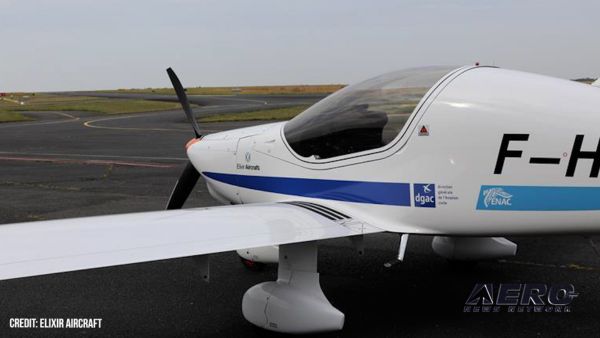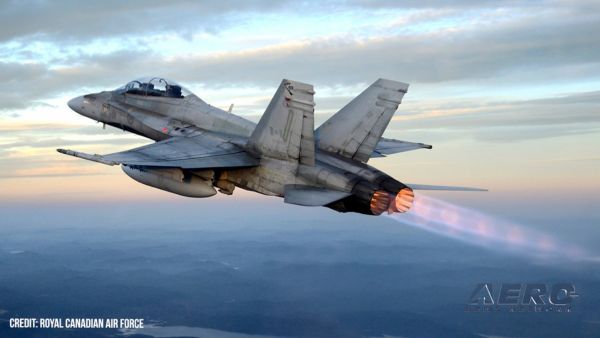Sat, Aug 12, 2017
Advertisement
More News
 NTSB Prelim: North American T-28B
NTSB Prelim: North American T-28B
Pilot Started To Return To The Airport Before Electing To Land On A Nearby Dirt Road On May 17, 2025, at 1022 Pacific daylight time, a North American T-28B, N28DE, was substantiall>[...]
 Aero-FAQ: Dave Juwel's Aviation Marketing Stories -- ITBOA BNITBOB
Aero-FAQ: Dave Juwel's Aviation Marketing Stories -- ITBOA BNITBOB
Dave Juwel's Aviation Marketing Stories ITBOA BNITBOB ... what does that mean? It's not gibberish, it's a lengthy acronym for "In The Business Of Aviation ... But Not In The Busine>[...]
 Classic Aero-TV: David Uhl and the Lofty Art of Aircraft Portraiture
Classic Aero-TV: David Uhl and the Lofty Art of Aircraft Portraiture
From 2022 (YouTube Edition): Still Life with Verve David Uhl was born into a family of engineers and artists—a backdrop conducive to his gleaning a keen appreciation for the >[...]
 Aero-News: Quote of the Day (06.18.25)
Aero-News: Quote of the Day (06.18.25)
“On the average mission, a jet-fueled DeltaHawk engine is up to 40% more efficient than an Avgas engine—improving range, increasing available payload and lowering cost >[...]
 ANN's Daily Aero-Term (06.18.25): Fuel Remaining
ANN's Daily Aero-Term (06.18.25): Fuel Remaining
Fuel Remaining A phrase used by either pilots or controllers when relating to the fuel remaining on board until actual fuel exhaustion. When transmitting such information in respon>[...]
blog comments powered by Disqus




